The printer often follows the developing phase or the development of a gum bichromate print with few agitation and no interventions, and it is therefore called passive development. This is the most photographic form of the developing phase for the gum, the one that keeps the finest details of the print, that doesn’t present visible external intrusions, that has the less pictorial aspect.
As the immobility of the development bath, you must pay attention not to form or leave trapped air bubbles under the paper. In this case water is no more in contact with the print and less developed zones carve out. It’s easy recognizing those types of imperfections from other halos or similar defaults, as in the case of bubbles, the stains are perfectly circular and have defined borders.
That’s the reason why they’re so irritating, as the definite border prevents a local development that doesn’t differentiate from the final print. The only solution is to eliminate the entire gum layer and start over.
To avoid that it is necessary, most of all during the first phases of development, to shake the water of the developing bath. To avoid a forced development and keep the photographic aspect at its best, the most excellent technique is: make the print float with the image turned upside down; then delicately put your hand on the back of the print, creating a wave motion, for some seconds, so that all the possible bubbles can move, paying attention not to create an agitation inside the water that could force the development. If this movement is repeated every 3-4 minutes during the first fifteenth minutes and every 5-10 minutes during the following phases, this type of stains will be certainly occasional.

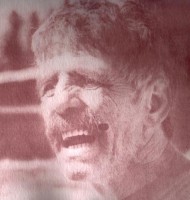
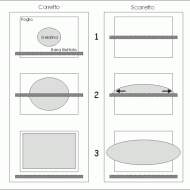
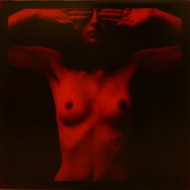
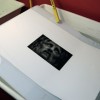
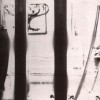





























You can also subscribe to this post comments RSS feed.